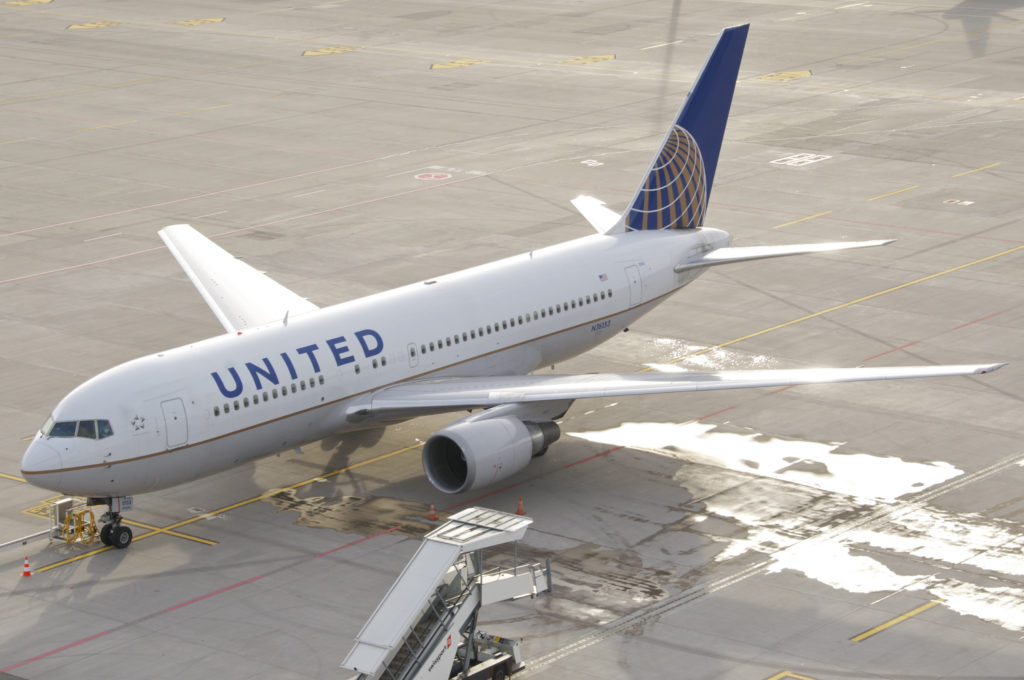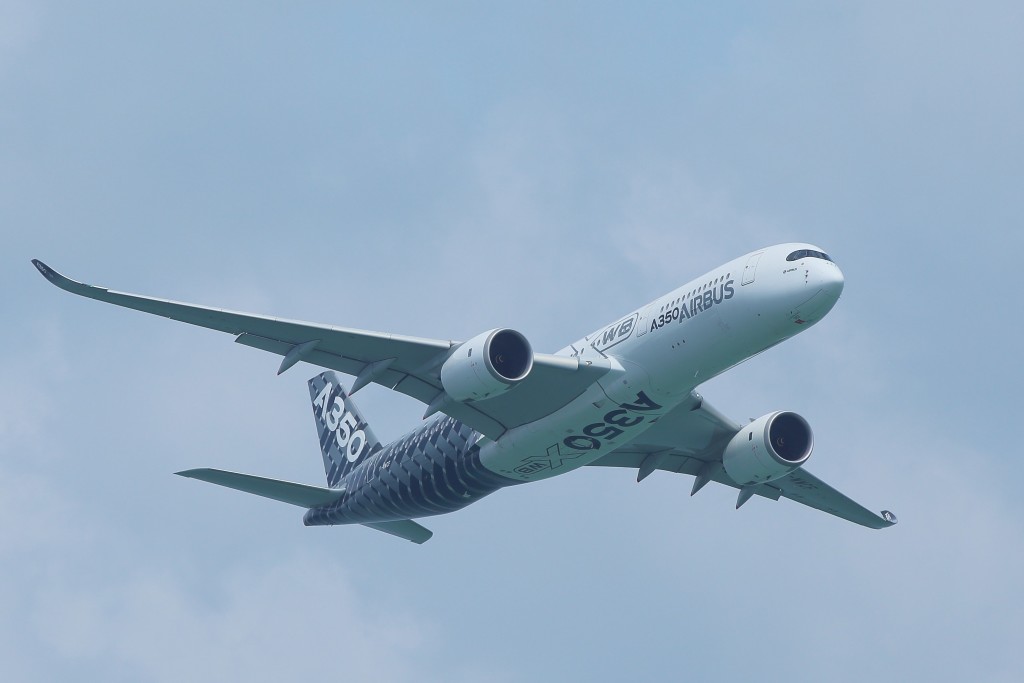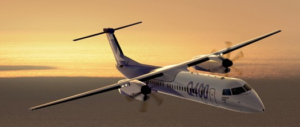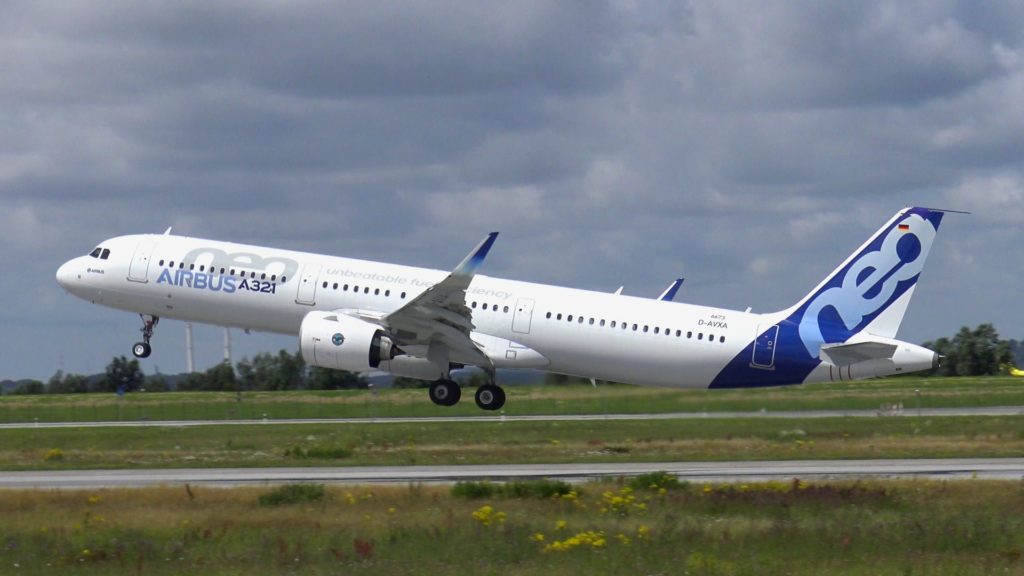Leeham News and Analysis
There's more to real news than a news release.
Leeham News and Analysis
No new design needed for turboprops, says Bombardier
- Part 1, ATR, appeared last week. Today’s interview with Bombardier completes the two-part series.
Subscription Required
Introduction
April 4, 2017, © Leeham Co.: Bombardier doesn’t think a new, clean-sheet turboprop aircraft is needed any time soon, a position that stands in contrast with rival ATR.
Ross Mitchell, VP Commercial for BBD, believes the Q400 covers the turboprop segment from 70 to 90 seats and its operational flexibility covers everything airlines need today.
However, ATR has 85% of the backlog with BBD capturing the other 15%.
Still, Mitchell gives a strong defense of the Q400.
Summary:
Don’t believe everything ATR claims about operating cost advantages, BBD says.
BBD can move cockpit and wing production from Canada to lower costs—but where is the question.
Re-engining the Q400 isn’t in the cards, at least any time soon.
Posted on April 4, 2017 by Scott Hamilton
Could an NMA be made good enough, Part 2?
By Bjorn Fehrm
Subscription Required
Introduction
April 3, 2017, © Leeham Co.: In the first part of our investigation on how good an NMA can be, we explored low weight and drag fuselage design. We will now continue with the design consequences for the fuselage construction and the cabin.
What drives whether one goes for an Aluminum or CFRP (Carbon Fiber Reinforced Polymer) fuselage?

Figure 1. The NMA takes more and more the shape of a 767 replacement (A United 767-200 pictured). Source: United.
What will be the typical dimensions for an NMA fuselage and what will be passenger capacities?
Summary:
- An elliptical fuselage will force a CFRP design.
- The fuselage door configuration will be critical for cabin capacity and flexibility.
Posted on April 3, 2017 by Bjorn Fehrm
New ATR CEO favors clean-sheet design turboprop
Subscription Required
- Part 1; Bombardier will appear next week.
Introduction
March 30, 2017, © Leeham Co.: Economics simply don’t support development of a new turboprop any time soon, an analysis shows.
Low utilization by turboprop operators, the cost of development and the price to customers drive decision-making more than fuel prices.
LNC interviewed ATR and Bombardier officials for their views on development of a new turboprop. We also interviewed a key executive who knows the sector intimately. Their views diverge.
Summary
- It will cost upwards of $5bn to develop a new turboprop.
- The 20-year demand is limited, 2,000-2,500 depending on the forecaster.
- The top-end price point is at best in the low-to-mid-$20m. Any more than this, and the price encroaches on small jets.
- At least 90 seats are needed.
- Fuel burn reduction of at least 30% is needed—a difficult target.
Posted on March 30, 2017 by Scott Hamilton
CSeries wrapping up London City certification
By Bjorn Fehrm
Subscription Required
Introduction
March 27, 2017, © Leeham Co.: Bombardier (BBD) CSeries did the last flights of a six-month London City Airport certification last week. The CS100, when certified for London City, will more than double the available payload/range out of the airport. In fact, it can reach New York direct with 40 business passengers on-board, something it demonstrated when it left the airport for JFK on the Saturday.
The aircraft was designed for this performance level from the outset. By designing the CSeries with engines and aerodynamics for the larger CS300, the smaller CS100 became a stellar take-off performer, providing short-field capabilities for London City and other urban airports.
Despite the design for London City, it took Bombardier six months to certify CS100 for the airport. We spoke to CSeries VP Rob Dewar about the challenges and the changes needed to the aircraft to meet the demands of London City.
Summary:
- CS100 doubles the payload-range performance out of London City Airport (LCY)
- Validation flights by SWISS pilots in the week confirmed CSeries suitability for LCY. SWISS should know; it has flown the CSeries predecessor (BAE 146) for years into London City.
- The adaptation for the airport has not degraded normal performance. CSeries performance is better than announced and brochure performance will soon see its second upgrade.
- To finish of the validation flights, BBD flew the difficult westward leg London City-New York JFK direct, with a payload representing 40 passengers in business class.
Posted on March 27, 2017 by Bjorn Fehrm
Could an NMA be made good enough?
By Bjorn Fehrm
Subscription Required
Introduction
March 23, 2017, © Leeham Co.: After showing there exists an NMA (New Midrange Aircraft) gap, the next question follows: Can an aircraft be made for the segment that can carve out a big enough slice to make it a worthwhile effort?
It’s a tough question. Any new aircraft will cost at least $10bn to develop for the airframe alone. To this one shall add the engine development. There exists no suitable engine for such an aircraft. To motivate the investments, the aircraft has to bring a substantial performance improvement compared to existing aircraft. Can it?

Figure 1. The NMA takes more and more the shape of a 767 replacement (A United 767-200). Source: United
We go through the key areas that can bring improvements and check if enough progress can is made until an NMA entry into service in 2024 or 2025.
Summary:
- Existing aircraft are either too little or too much aircraft to fill an NMA role.
- By careful design choices, especially for the fuselage, a new aircraft can achieve the required performance.
Posted on March 23, 2017 by Bjorn Fehrm
Airbus, Airlines, Boeing, CFM, Pratt & Whitney, Premium
A321NEO, A330neo, Airbus, Boeing, CFM, MOM, NMA, Pratt & Whitney, Rolls-Royce
Major fleet decisions may not be positive for Airbus, Boeing
Pontifications is off this week.
Subscription Required
Introduction
March 20, 2017, © Leeham Co.: There are some major fleet decisions that will probably come down the pike this year at American, Delta and United airlines. Not all of them are going to be viewed positively by Airbus and Boeing.
 There is also a serious warning sign emerging from the Middle East that could have serious, negative impacts on Airbus and Boeing.
There is also a serious warning sign emerging from the Middle East that could have serious, negative impacts on Airbus and Boeing.
Summary
- American Airlines doesn’t want its Airbus A350-900s any more. Consolidation with US Airways appears to have made these surplus.
- Delta Air Lines, which so far eschewed any orders for the Airbus A320neos and Boeing 737 MAXes, is understood to be readying a Request for Proposals to be issued this year.
- United Airlines doesn’t want its Airbus A350-1000s any more. Picking up cheap Boeing 777-300ERs appear to have made these surplus.
- Emirates Airlines, reacting to Brexit and Donald Trump’s travel bans, is undertaking a full business review in response to a sharp drop in bookings.
Posted on March 20, 2017 by Scott Hamilton
Airbus, Airlines, American Airlines, Boeing, Delta Air Lines, Emirates Airlines, Etihad Airways, Pratt & Whitney, Premium, Qatar Airways, United Airlines, US Airways
747-400, 767-300ER, 777 Classic, 777-300ER, 777X, 787, A321, A321NEO, A330-900, A330neo, A350-1000, A350-900, A380, Airbus, American Airlines, Boeing, Brexit, Continental Airlines, Delta Air Lines, Emirates Airline, Etihad Airways, President Donald Trump, Qatar Airways, Tim Clark, United Airlines, US Airways
CDB Leasing aims for 500-600 aircraft portfolio
Subscription Required
Introduction
March 16, 2017, © Leeham Co.: China’s evolving commercial aerospace and aviation industry has high-profile companies such as AVIC and COMAC, and its expanding supplier based, combined with joint ventures with Western companies is well known.
![]() Less well known is the growth in the aircraft leasing business. Increasingly, Chinese lessors are showing up on the order lists of the Big Four aircraft manufacturers. Still, there remains a bit of a mystery about the lessors and dynamics within China.
Less well known is the growth in the aircraft leasing business. Increasingly, Chinese lessors are showing up on the order lists of the Big Four aircraft manufacturers. Still, there remains a bit of a mystery about the lessors and dynamics within China.
LNC spoke with the newly appointed CEO of CDB Leasing during the ISTAT conference last week in San Diego.
Peter Chang has been in the Western leasing business for decades, employed in key positions with Aviation Capital Group, ILFC and Aircastle—usually with responsibility for China.
He was named CEO of CDB in December, a move that was announced during the January Dublin conferences of Airlines Economics and Airfinance Journal. More key personnel announcements were made during ISTAT.
In an exclusive interview, LNC asked Chang about the origins of CDB, other Chinese lessors, the current policy of restricting flow of Chinese cash outside the country, the Boeing 737-10 and the Bombardier CSeries.
Here is this interview.
Posted on March 16, 2017 by Scott Hamilton
Boeing Services expansion wise, necessary move
Subscription Required
Introduction
March 6, 2017, © Leeham Co.: Boeing CEO Dennis Muilenburg wants the company to participate in the aftermarket aircraft services business and set a goal of $50bn in revenue in the coming years.
He looks at Boeing’s current business, the former Boeing Commercial Aviation Services (CAS), and sees a single-digit market share in a worldwide trillion-dollar market potential. Muilenburg understandably wants a greater share of this.
But LNC believes there is an additional driver: the intensely competitive commercial airliner business faces even greater competition in the coming years. Prices are under pressure today. China is developing its own aerospace industry, which will eat into sales by Boeing (and Airbus) in the home market. Russia has ambitions to renew its home-market airliner industry.
Boeing’s new Global Services unit is a hedge against the prospect of falling profits at Boeing Commercial Airplanes as these factors converge.
Summary
- Airbus, Boeing single-aisle prices under pressure.
- A330/350 keeps 787 pricing down.
- Boeing’s NMA business case may depend on after-delivery services contracts.
Posted on March 6, 2017 by Scott Hamilton
Long-haul cost differences
By Bjorn Fehrm
Subscription Required
Introduction
March 2, 2017, © Leeham Co.: The single-aisle, long-haul operations are on the increase. The new re-engined Airbus A320neo and Boeing 737 MAX generations are good for destinations of up to 3,000 nm, after taking into account reserves, winds and alternates planning. The Airbus A321LR is good for up to 3,500nm sectors.
Last week, we showed the Bombardier CS300 is joining the crop of single-aisles capable of 3,000nm city pairs, the distance between London and New York.
We also wrote the cost level of the single-aisle aircraft is competitive with the next step up dual-aisle, the Boeing 787 and Airbus A330neo.
But how do the different cost areas pan out? Is fuel cheaper or more expensive for the dual-aisle? What about the single-aisle crew costs? For clarity, we engage our cost model.
Summary
- The total costs are similar per seat mile for single and dual aisle, but the parts are not.
- The fuel costs per seat are surprisingly similar; the differences are to find in other places.
Assessing ATR future
Subscription Required
Introductions
Feb. 27, 2017, © Leeham Co.: ATR today holds an almost monopolistic position in the large turbo-prop market with 87% of the backlog at YE2016. Bombardier, once the dominant turbo-prop manufacturer, has a mere 13%.
China and Russia are not included above.
ATR had a backlog of 212 aircraft vs Bombardier’s 31. In addition, ATR had options for more than 400 aircraft and LOIs for about 70 more. BBD had options for just 12 Q400s at the end of last year.
Summary
- Low fuel prices favor regional jet, high fuel prices turbo-props.
- No new, clean-sheet design to replace Q400 or ATR in foreseeable future.
- Indian, Indonesia talk turbo-props but outcome unlikely.
- China’s MA-60 feeds home market, but airplane has reliability issues.
Posted on February 27, 2017 by Scott Hamilton




